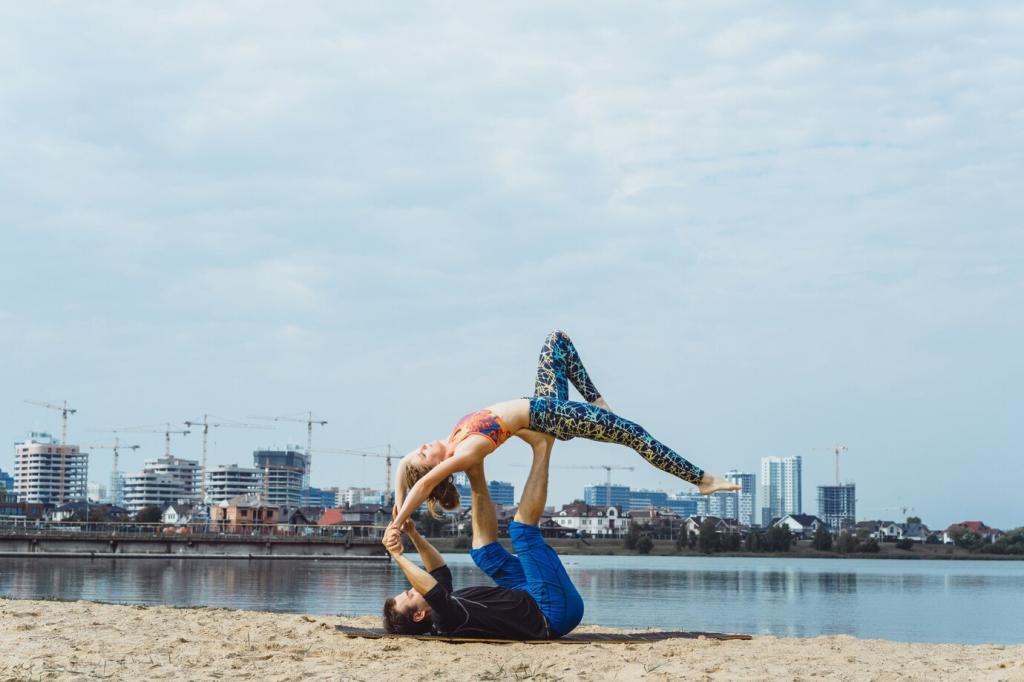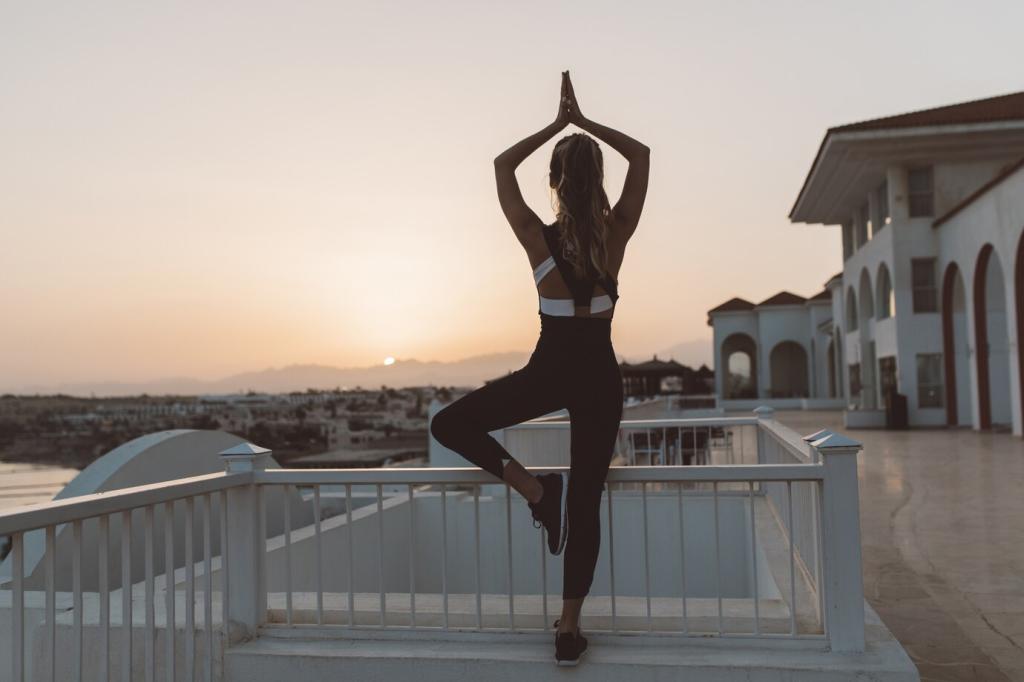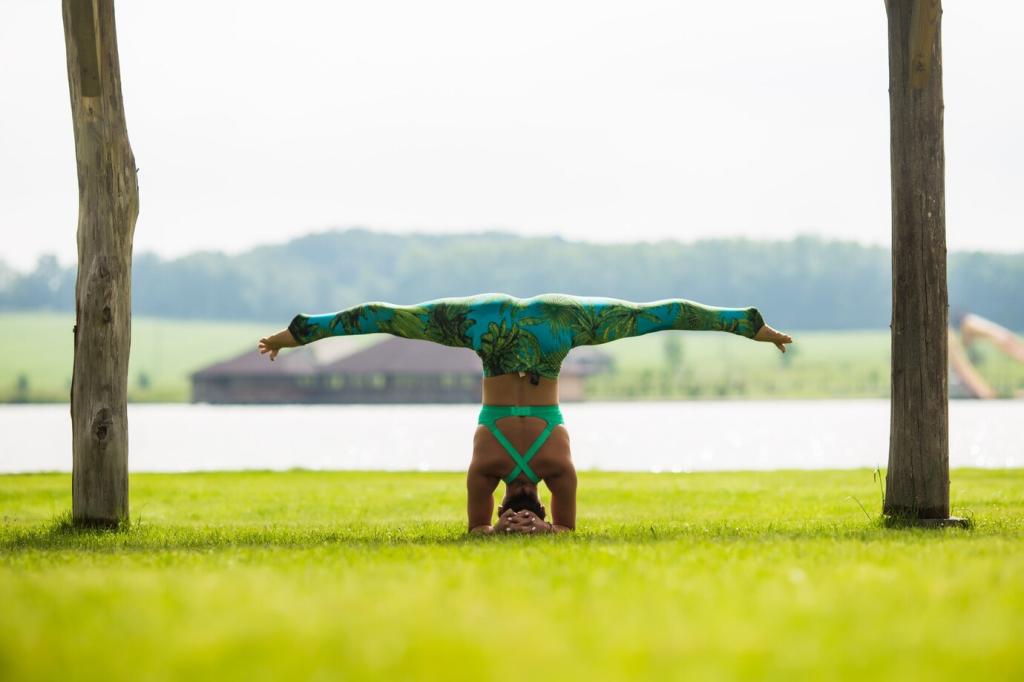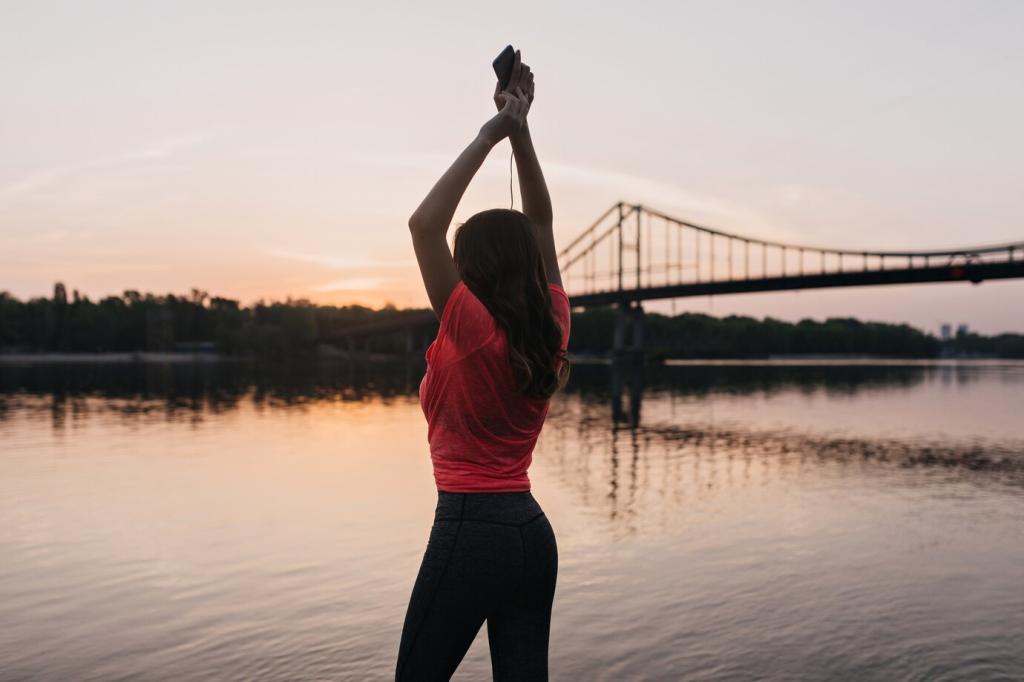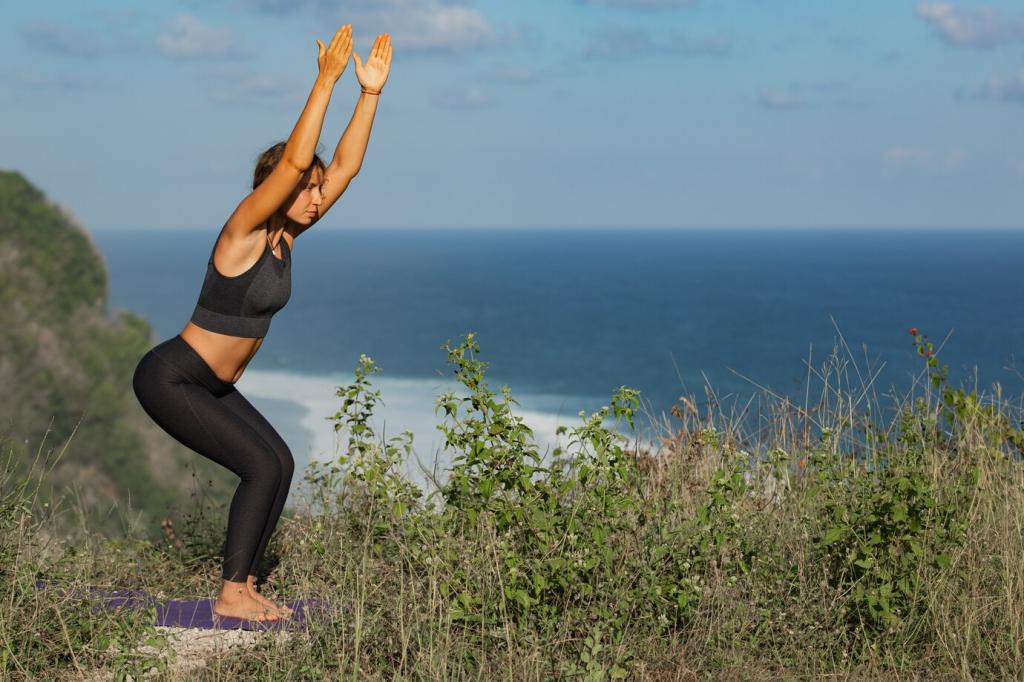Flow and Focus in High-Intensity Sessions
Choose one anchor—breath at nostrils, contact of feet, or the kettlebell handle texture. On distraction, gently return. Repeat lap after lap. Many track athletes report smoother pacing and fewer blowups. Tell us your anchor and how long you held it.
Flow and Focus in High-Intensity Sessions
Craft a short, rhythmic mantra that matches your cadence: Tall and calm, tall and calm. It crowds out doubt without fighting it. I used this to finish a hard set after travel fatigue. Share your mantra; we will feature creative lines next week.

